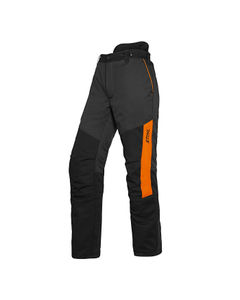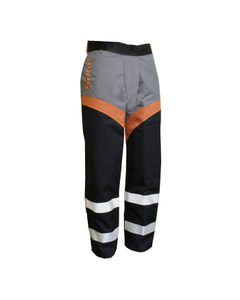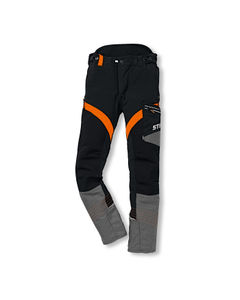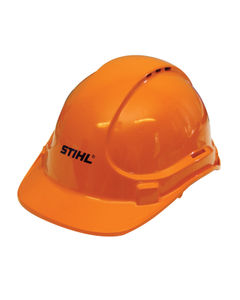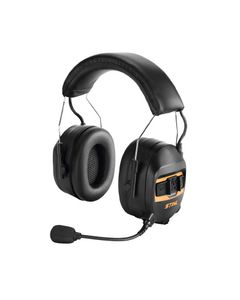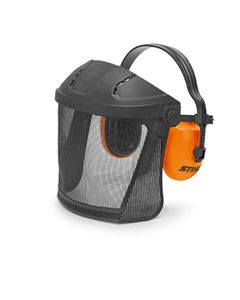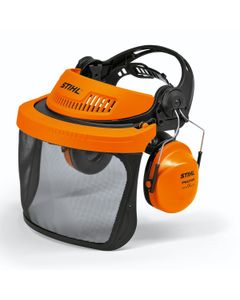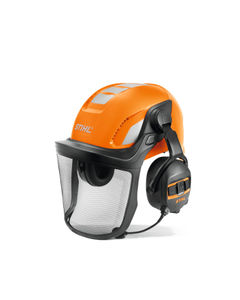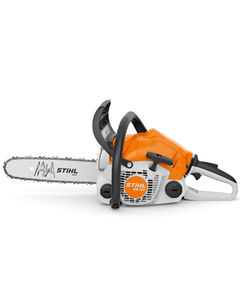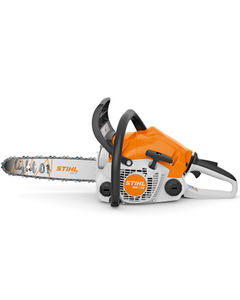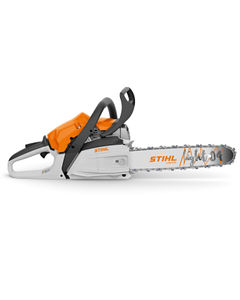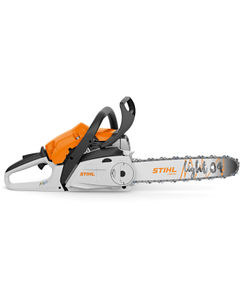Chainsaw Safety Tips: Before Using Your Chainsaw
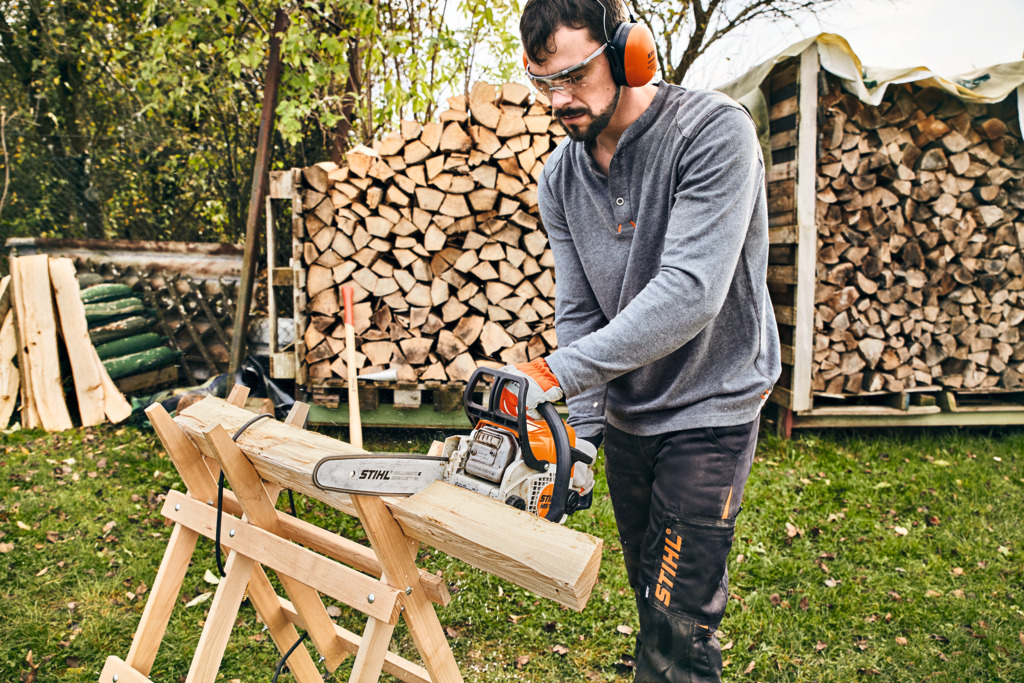
CHAINSAW SAFETY
When it comes to Chainsaw safety, most of the emphasis is generally placed on following safe methods of using a Chainsaw, advice typically revolves around the right way to hold a Chainsaw, the correct body posture and how to avoid kickback.
MORE ON SAFE CHAINSAW OPERATION HERE
But there is also lots to think about before and after using your Chainsaw. In this article we have endeavored to maximise your safety by focusing on some of the things you should be thinking about before using your Chainsaw.
PRE-OPERATION SAFETY
WEARING THE RIGHT GEAR

Before you start, make sure you are wearing proper safety gear or PPE. This is the first step in Chainsaw safety. Your safety gear should include boots, safety glasses, earmuffs and safety trousers or chaps, if there is any risk of debris or branches falling on your head you should add a helmet to the list.
MORE ON CHAINSAW SAFETY EQUIPMENT HERE

CHOOSING THE RIGHT CHAINSAW
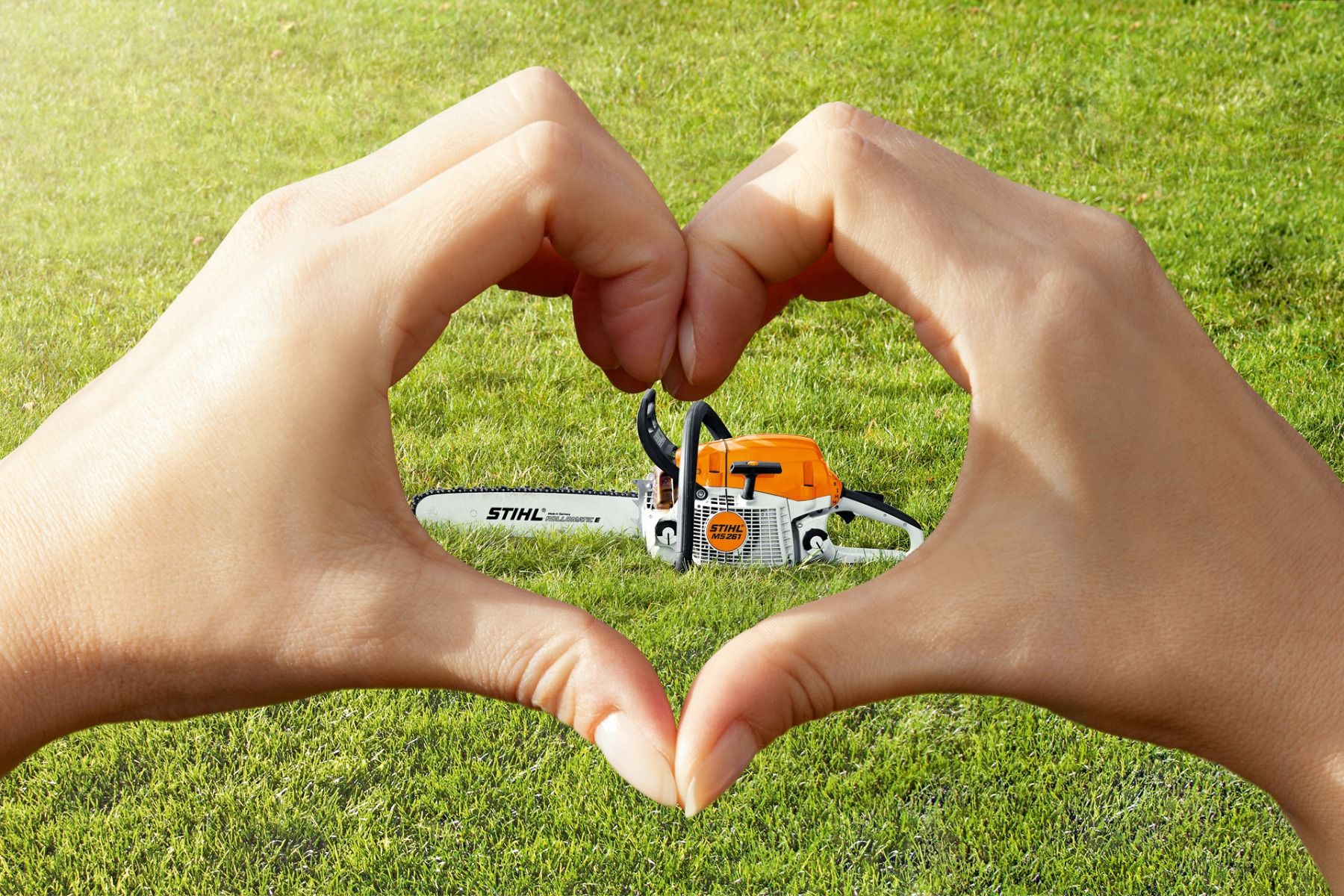
It is important to choose the right Chainsaw having safety in mind. You need to consider both the task at hand and your level of expertise, these are some of the things you should be thinking about:
-
The size of the Chainsaw must be matched with the material being cut. Never use a small Chainsaw to fell a large tree.
-
Will your saw be used to prune small branches? Will it be used to fell small trees in the garden? Or will it be used to saw your own firewood? The size of the timber will determine the cc rating and the required bar length.
-
Chainsaws with shorter guide bars are more suited to pruning branches, while you will need a longer bar for any larger felling work.
-
If you are a beginner, it is always advisable to start with a lighter Chainsaw as it is easier to manoeuvre. If the Chainsaw you buy is too heavy, your arms and hands will suffer and this could reduce the control you have over the saw.
MORE ON CHOOSING THE RIGHT CHAINSAW HERE

INSPECTING YOUR CHAINSAW'S SAFETY FEATURES
Modern Chainsaws come equipped with various safety features to reduce the likelihood of accidents. Before operating your Chainsaw, check that all these features are working properly. If any of them are not working correctly, you must not use your Chainsaw and get it repaired immediately.
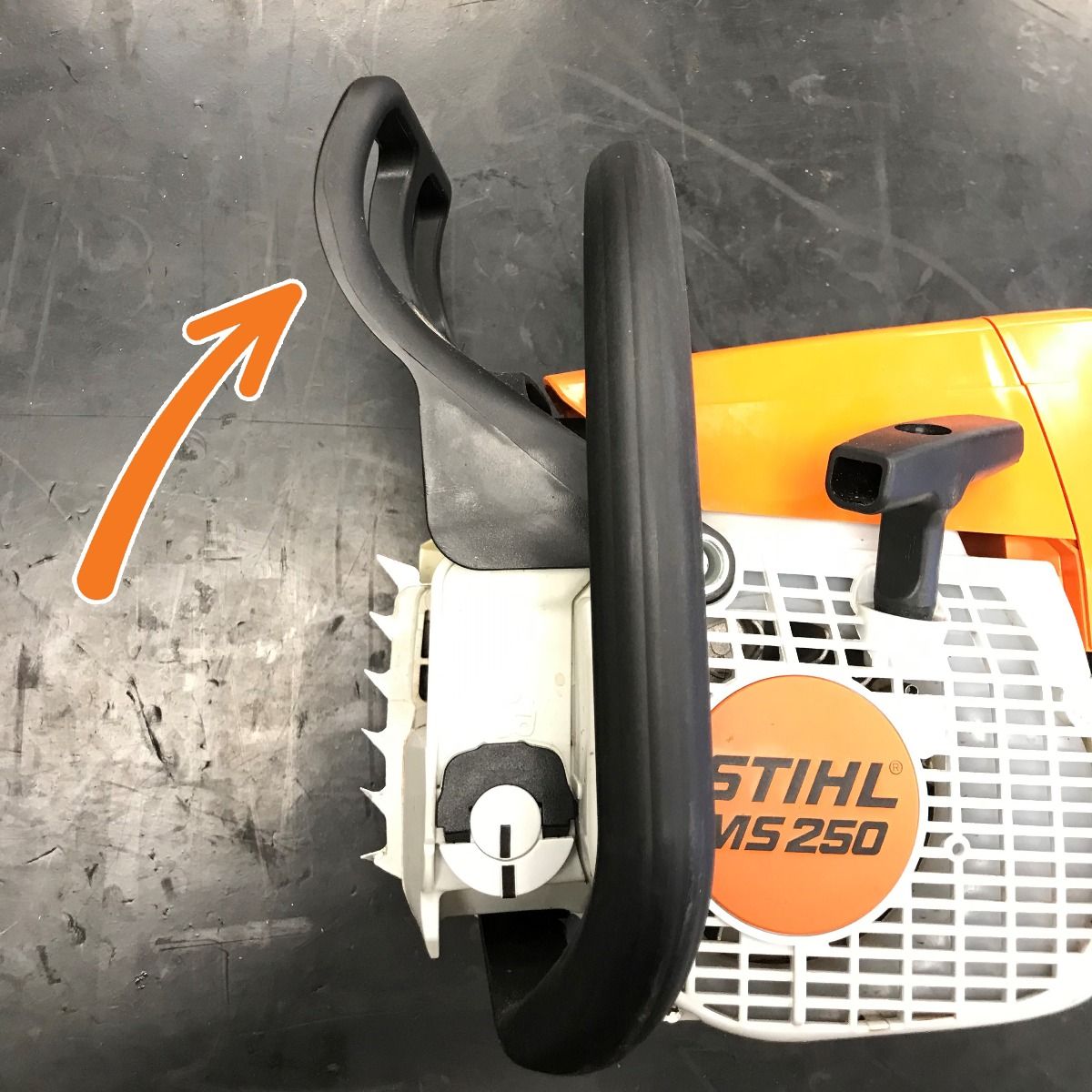
CHAIN BRAKE

The chain brake is designed to stop the chain from moving if the front guard is moved forward, it can be activated by the operator to secure the chain while changing position or moving between cuts. It will also be activated if the Saw is thrown back at the operator by kickback. Before starting your work, it is crucial to check that the Chain Brake is working.

CHAIN CATCHER

The Chain Catcher is a small metal arm located on the bottom of your Chainsaw underneath the side cover. It is designed to catch the chain if it jumps off the bar or breaks. The Catcher prevents the chain from flying back under the saw towards the operator. Before operating your Chainsaw, make sure that the Catcher is firmly in place. It must not be loose, damaged, or worn out.
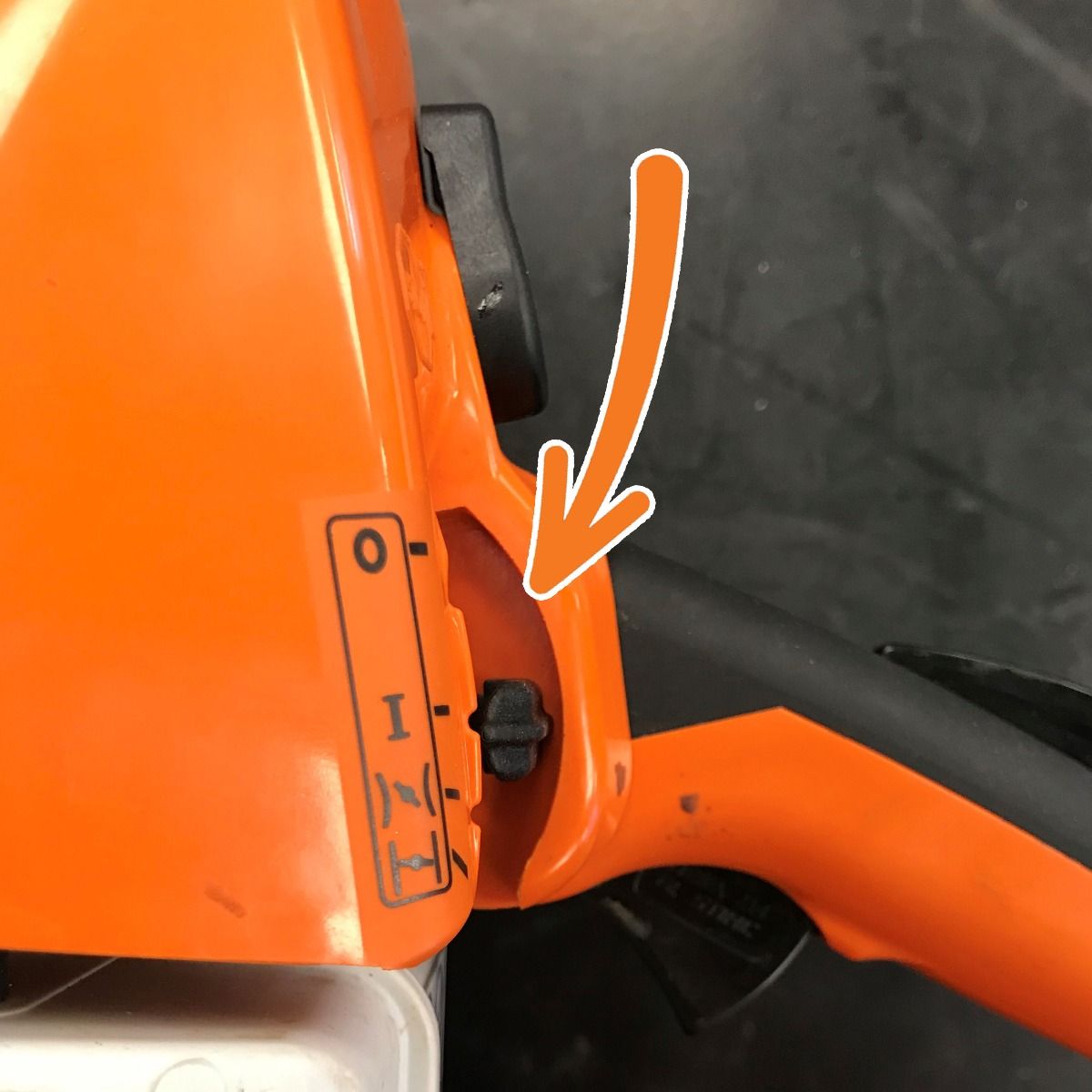
ON-OFF SWITCH

You can conveniently switch your Chainsaw on and off with just your right thumb while holding the rear handle. This switch is positioned so that the Saw can be quickly shut off in case of emergency. Before starting work, check that the on-off switch can shut off the engine instantly.
THROTTLE LOCK

The Throttle Lock (also known as the Safety Throttle) prevents you from accidently using the throttle. The throttle cannot be operated until the throttle lock is simultaneously held down by the operator’s right hand. Check that the lock is working normally, and the Chainsaw does not start without pressing it. This safety feature prevents the Chainsaw engine from being activated accidentally. As the engines of Battery Chainsaws and Petrol Chainsaws are different, their Throttle Locks look slightly different.
KNOW YOUR CAPABILITY
It is extremely important to be aware of your capabilities and level of expertise. Many serious accidents occur when Chainsaw users become over-confident and attempt jobs that are beyond their capabilities. There are certain dangerous felling and cutting tasks that should only be undertaken by professionals or people with proper experience. Some of these include felling large shelterbelt trees, wind-affected trees, trees on steep slopes or uneven ground and trees that overhang power lines and buildings. If the task seems too complicated, it is always a better idea to either get some training or engage a professional.
AWARENESS OF POTENTIAL HEALTH RISKS
Long-term Chainsaw users are vulnerable to hearing loss, vibration disease, and CO poisoning.
Hearing Loss - The noise generated by a petrol-driven Chainsaw can have an adverse impact on the health of your ears. The longer the exposure, the greater possibility there is of suffering permanent noise-induced hearing loss. To mitigate this risk, it is recommended to wear Class 5 earmuffs.
Vibration Disease - Long-term vibrations from power tools can lead to negative effects on blood vessels. Excessive vibration can increase the likelihood of vibration disease. This results in whitening of the fingers, which is caused by a reduced flow of blood to the finger extremities. Choose a Chainsaw with a good anti-vibration system and keep the chain sharpened with the correct depth gauge settings.
CO Poisoning - Exhaust fumes emitted from petrol Chainsaws contain carbon monoxide. These fumes can make you feel drowsy and lose concentration which significantly increases the risk of an accident, as well as causing headaches, dizziness, and sleep disturbances. To minimize exposure, use petrol Chainsaws in well-ventilated areas.
PLANNING
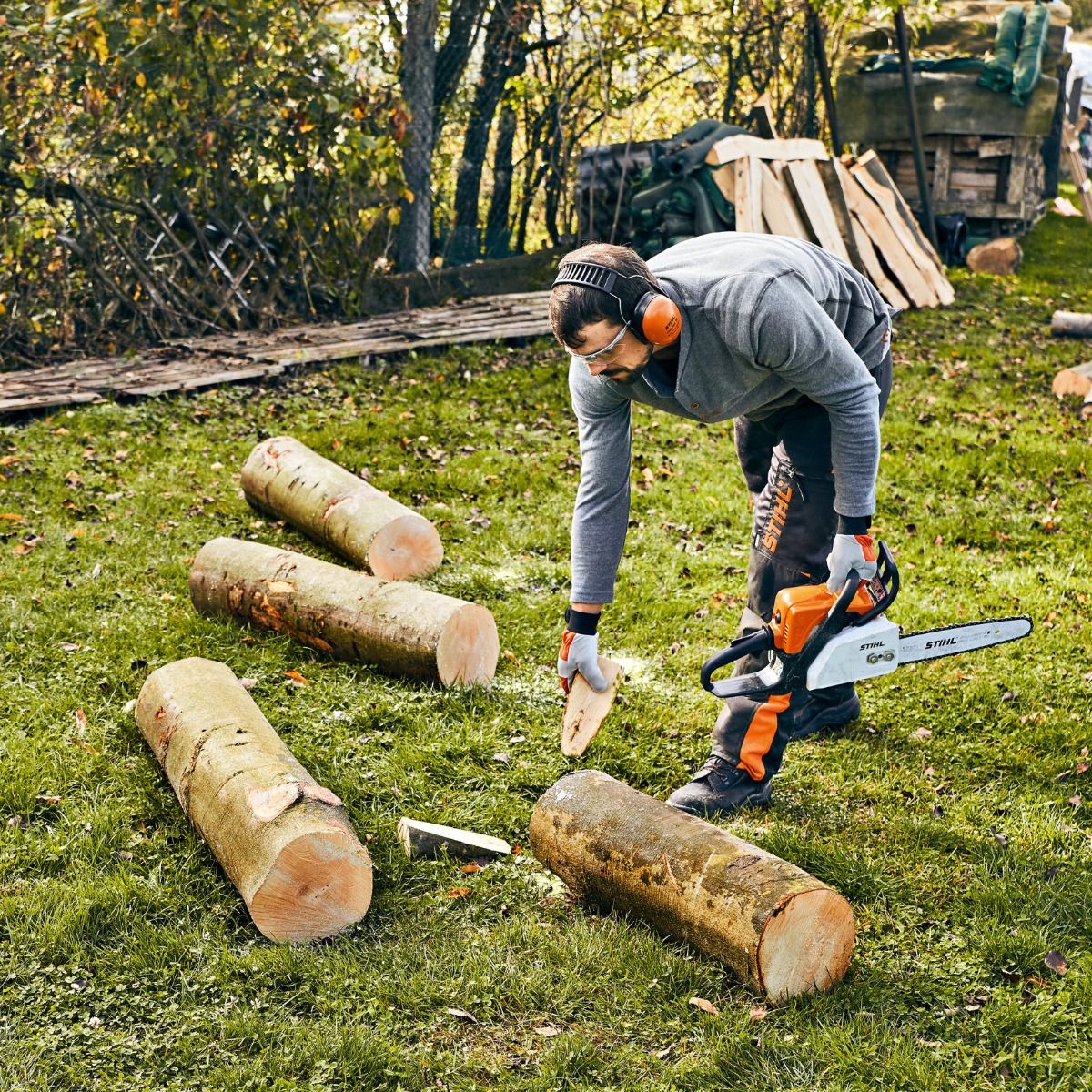
It is always a safe practice to do some planning before starting work with the Chainsaw. Aim to work in pairs whenever possible or have someone within calling distance. Keep a radio or phone handy.
Before starting the Chainsaw, make sure your work area is clear of any obstacles that you could trip on like branches, undergrowth and electric cables. Check that nothing could fall over you while you are cutting, such as debris from a tree.
Check that there are no people or animals in the work area. If you are working in your garden, ensure that children have no access to the area. If you are felling trees, make sure other people are at least two tree lengths away.

SAFETY DO'S & DON'TS
-
Never operate your Chainsaw under the influence of alcohol or drugs.
-
If you are experiencing fatigue, do not operate your Chainsaw. It is important for you to remain alert and in control of the tool.
-
Do not work in adverse weather conditions such as heavy rain, snow, or high winds.
-
Always read your Owners Manual properly
CONTINUE READING: SAFETY TIPS - AFTER WORKING WITH YOUR CHAINSAW


